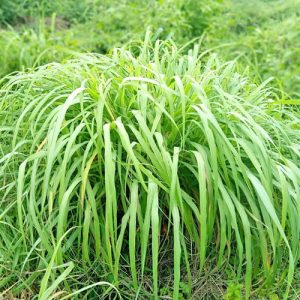Glowing Orange, Yellow & Red Color
Why Ember Waves® Western Arborvitae Trees?
Merging the steady, effortless growth of the privacy evergreen staple Arborvitae with a bold new color palette, the Ember Waves® Western Arborvitae lives up to its name.
These good-looking, easy-care benefits are just a click away. Because we’ve planted, grown, and shipped your Western Arborvitae Tree with care, your tree arrives at your door with its healthy roots intact. Now, you get the best possible results from our hard work at the nursery.
But don’t wait – this new, exciting introduction will sell out quickly.
Planting & Care
1. Planting: You can plant your Western Arborvitae during any season, but avoid planting during very hot, dry weather. Choose a spot in your yard that receives full sun during the day (6 to 8 hours of sunlight). This tree prefers acidic, moist soil, but it can thrive in nearly any soil condition.
When you plant your tree, dig a hole that is a little bigger than the root ball. Place your tree in and fill it halfway with soil. Then, firm the soil around the bottom half of the ball and water thoroughly. Fill the remainder of the hole and create a raised ridge around the base of the tree and then firm and water the soil again. Add 2 to 3 inches of mulch around the tree, staying 3 inches away from the trunk.
2. Watering: During the first season that you plant your tree, it is important to water it frequently. It’s best to simply leave a water hose running for 10 minutes at the base of the tree, a few times per week.
After the first season, you will no longer need to water the tree. Throughout the rest of the tree’s life, you will only need to water it during periods of drought.
3. Pruning: For thicker, bushier trees, you can prune the tops in early spring or summer and prune to your desired shape. Prune off any dead or damaged branches you see throughout your tree’s life.









